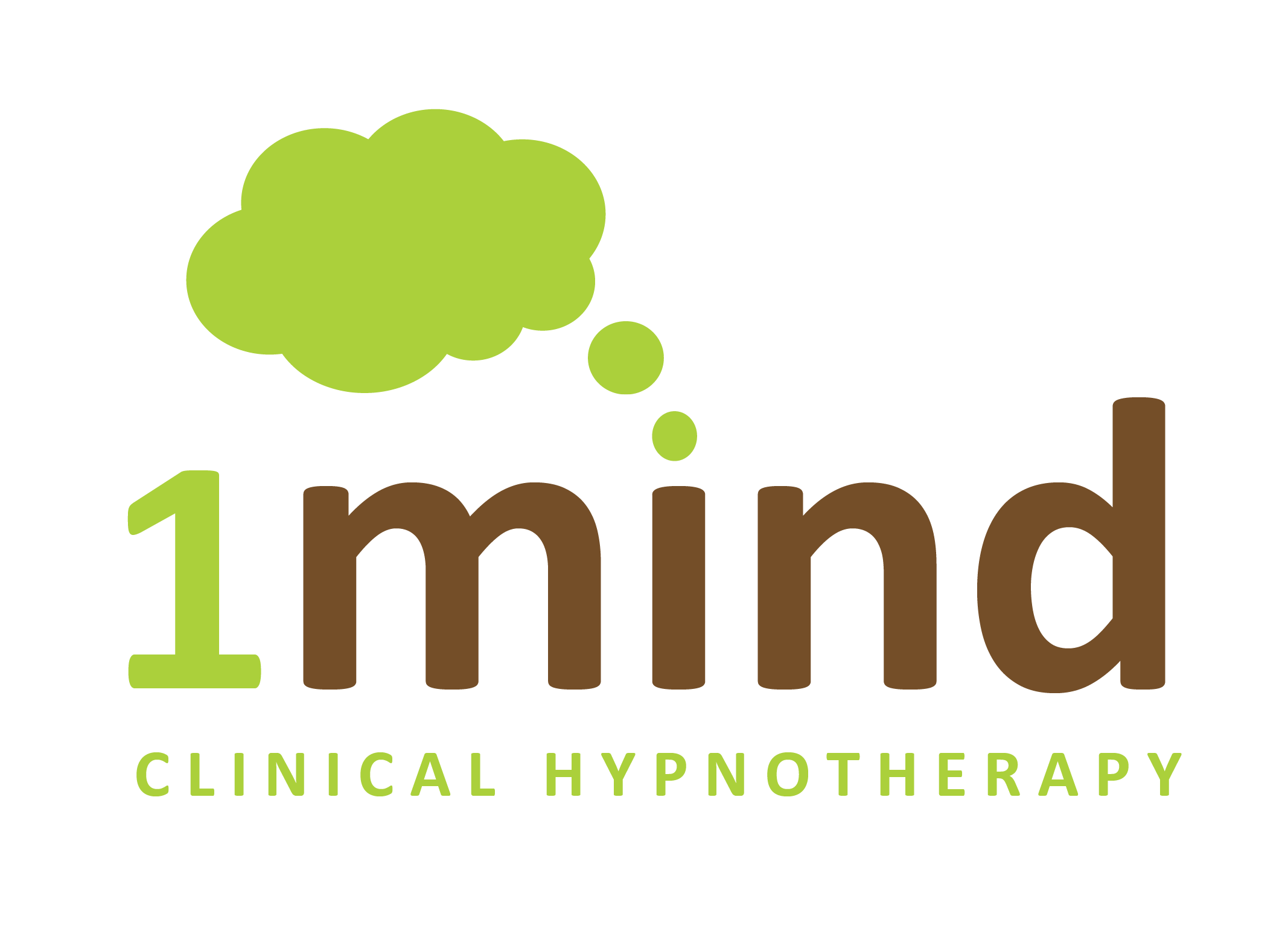
The comprehensive international picture in recent surveys of the mental health of adults shows a growing prevalence of mental health problems, with an ever increasing impact of those problems on families, partners, carers and the role of health and addiction services in providing assistance.
In the UK approximately 1 in 4 adults have experienced a mental disorder in the past year. In England the figure is 1 in 6, it is higher for Scotland, Wales and Northern Ireland. Approximately 220,000 people in the UK alone are unable to leave their homes due to anxiety costing the UK NHS by 2020 an estimated £3.7 billon. This is consistent across many international studies.
In the United States of America approximately 1 in 5 adults in the U.S. a staggering 43.8 million, or 18.5% experience mental illness in a given year. The rates for depression, self-harm and thoughts about suicide in adults are high and are particularly worrying.
When we look at the global numbers there are literally millions of the adult population if not billions worldwide suffering with mental illness. The surveys also measure the number of people who have self-harmed, had suicidal thoughts or have made suicidal attempts over their lifetime, and this is where the figures become astounding:
Suicidal thoughts 20.6% of adults = 13.6 million people
Suicide attempts 6.7% of adults = 4.4 million people
Self-harm 7.3 of adults = 4.8 million people
The very good news is that EMDR is a highly effective treatment and adults who want to take more responsibility for their own families because they have perhaps been let down by local mental health services can now do so in the safety of their own homes.
By making EMDR available for home use we have responsibly taken away the reliance on physicians and demystified the treatment right here for you, to learn in very simple quick easy steps, giving the power back to the everyday people, to help change how people around the world treat mental health at home and in their communities.
It doesn’t necessarily remove the need or role of therapists in the treatment of very complex anxiety and complex associated disorders, but for those who cannot afford any such help or have little or no access to EMDR, this simple book can change and even save lives. Learn how to use EMDR in just 4 simple steps and you can too!


